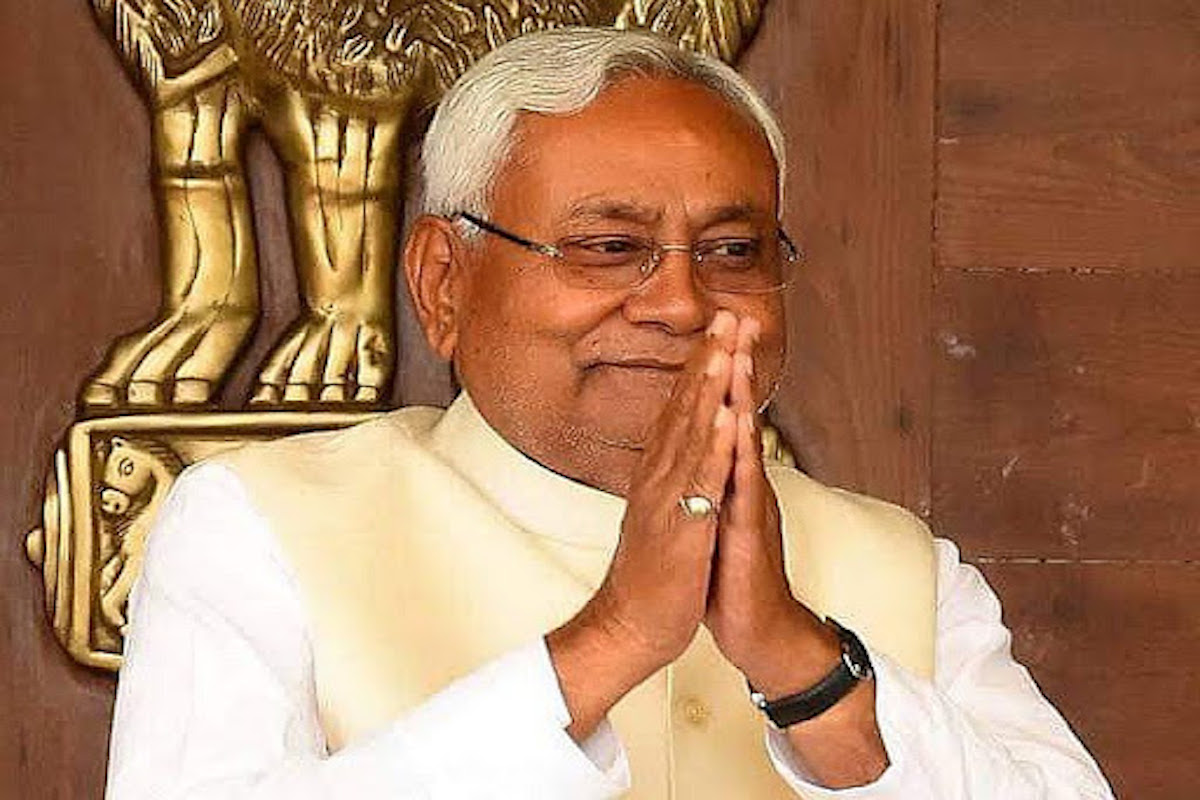Quite apart from the fiscal foozles to which Bihar is no stranger, the report of the Comptroller and Auditor-General is riveted to the direly pathetic condition of the state hospitals in the season of the pandemic. It has opened a pretty kettle of fish in terms of medical education, woes of patients and the decrepit condition of medical equipment in government hospitals.
More accurately, this is a sphere that has been dangerously neglected through the successive dispensations of Nitish Kumar.
Advertisement
The CAG’s report, which was tabled in the state Assembly last week, mentions that deficient monitoring and supervision by the health department and medical institutes were central to irregular admissions, admissions based on false marksheets, entry through fraudulent practices and far above the sanctioned seats. The nub of the raging crisis must be that not a single of these irregularities could have been perpetrated without being tacitly condoned from on high.
The major “culprits”, so to speak, are Patna Medical College and the Government Ayurvedic College in Begusarai. The CAG report has scanned the Nalanda Medical College, the Indira Gandhi Institute of Medical Sciences, the Government Medical College in Bettiah and Darbhanga Medical College.
Both medical education and treatment have been hobbled by the burgeoning vacancies of physicians, Ayush doctors, dentists and nurses per one lakh population.
These vacant slots have risen to 92 per cent in certain medical colleges and hospitals.
The CAG report states that “our audit found that against the construction of 12 medical colleges from 2006-07 to 2016-17, only two of them became functional till 2018, against the targeted 61. The Bihar government didn’t make effective efforts to increase seats in existing medical colleges”.
Indeed, targets have been binned in as crucial a facet of public policy ~ the health of the people. The outlook is much too shocking even to imagine not the least because medical treatment in large parts of the country is meant only for those who can afford it, indeed the segment of the population that thrives on “affluent subsistence” as the economic historian of Oxford, Professor Tapan Rai Chauchuri, once described the phenomenon. The dearth of teaching and non-teaching staff has risen alarmingly over the years.
